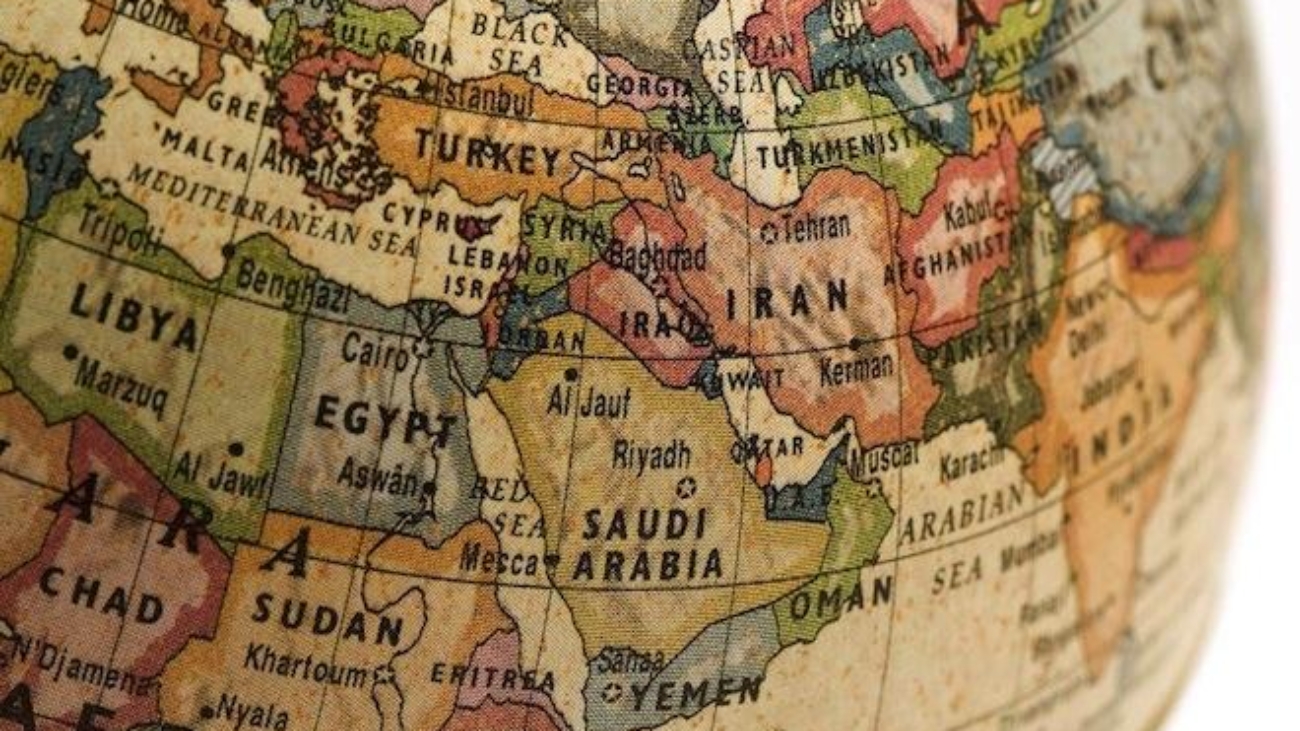http://www.yourmiddleeast.com/opinion/everyone-tried-confrontation-heres-a-better-road-for-the-middle-east_38676
It is not too late to renounce violence and think creatively of a win-win solution
The region today faces riddles that go even beyond the fate of Assad, ISIS and other terrorist groups. It’s time for a new approach, Dr. Elie Abouaoun writes.
As the Iranian nuclear deal with the U.S. and the five other global powers goes into effect, this is an opportune time to consider the next steps the international community could take to stabilize the tumultuous Middle East. Rather than continued confrontation between regional powers Iran and Saudi Arabia, couldn’t international negotiators make the case that all sides could achieve greater gains with a political dialogue?
Certainly the Iran nuclear deal is a diplomatic achievement. During the negotiations, many did not believe that a positive outcome would be possible. Opposition was intense, especially in the United States. Several regional powers—mainly Israel, Saudi Arabia, Turkey and Qatar, to name the biggest—accuse the U.S. and its five partners in the negotiations of capitulating to a rogue state. But the fact remains that the critics offered no valid alternatives to negotiations and instead suggested only a military confrontation with a regional power that already had cultivated numerous powerful points of leverage in the region, making any confrontation clearly too costly. From this perspective, the nuclear agreement was the only option for an international community that is still recovering from the 2008 financial crisis and traumatized by the wars in Iraq and Afghanistan.
The criticism of the nuclear deal from Qatar, Turkey and Saudi Arabia is less about the technical capabilities that Iran could develop than the idea that leaders in Tehran are now legitimate counterparts for the international community. For these countries, Iran remains an aggressor state, invasive through its proxies and maintaining as a core strategy the export of the “Islamic Revolution.”

Shia Iran’s image as a threat, real or perceived, to the Sunni countries in the region actually dates to long before the Islamic revolution. The geo-strategic standoff between the Iranian Empire and regional powers including Arabs took different forms for centuries but was more a struggle for power than ideological or religious. That changed in 1979, when Iranian Ayatollah Khomeini led the overthrow of the Shah and clearly stated the objective of exporting the “Islamic Revolution.” This added a sectarian layer to a very old competition between Iranians and Arabs. The subsequent expansion of Iranian influence into Lebanon in the 1990s, into Iraq after 2003 and in Syria and Yemen since 2011 came to corroborate the fears of several Arab monarchies.
Turkey, Israel, Saudi Arabia and other smaller countries of the Gulf Cooperation Council (GCC) have always sought to deny Iran regional influence with cross-border games of their own. Even if some of the above mentioned countries might accept a bigger role for Iran in the region, they will never accept that Iran used and continues to use the Shia Arab communities as a tool to undermine the legitimacy of their own regimes. To date, there are no signs that Iran is yet ready to give up on this strategy. From the Iranian perspective, the determination of “artificial” and pro-West countries to weaken Iran and ensure it is confined to its own borders constitutes a hostile stand.
In this context of mutual distrust, caution and hatred, many GCC countries –supported by the West – preemptively bolstered Saddam Hussein in his war against Iran in the 1980s. The strategy of directly confronting Iran went into some sort of hibernation in the 1990s, only to be revived since 2003. The strategy included turning a blind eye to the Sunni insurgency in Iraq (against what was considered as a pro-Iranian government in Baghdad) and, as of 2004, supporting various attempts to undermine the Syrian regime, given the vital role Syria played to the fulfillment of an old dream of Iran of carving a strategic passage all the way to the Mediterranean (Iran, Iraq, Syria, Lebanon). To hamper Iran’s project, all means were considered legitimate, including nurturing a radical opposition in Syria, holding the Iraqi Sunnis off from participating constructively in an ailing but necessary political process, reviving Sunni-Shia strife in Lebanon, and playing Iran’s own game by supporting Sunni military groups in Iraq, Syria and Lebanon.
Iran’s “all time” strategy in any country it wants to control is to preserve a hollow regime while building up para-state civilian and military entities under their full control. Iran’s leaders have never supported Lebanese, Yemeni, Syrian or Iraqi armies or state institutions but rather invested in non-state Hezbollah in Lebanon, the Iraqi Popular Mobilization Forces, the Syrian National Defense Forces and to a lesser extent to the Houthi militia in Yemen. Moreover, the Iranian strategy in the region looks also at weakening the heavyweight Arab countries so that a modern Persian Empire becomes a reality.

